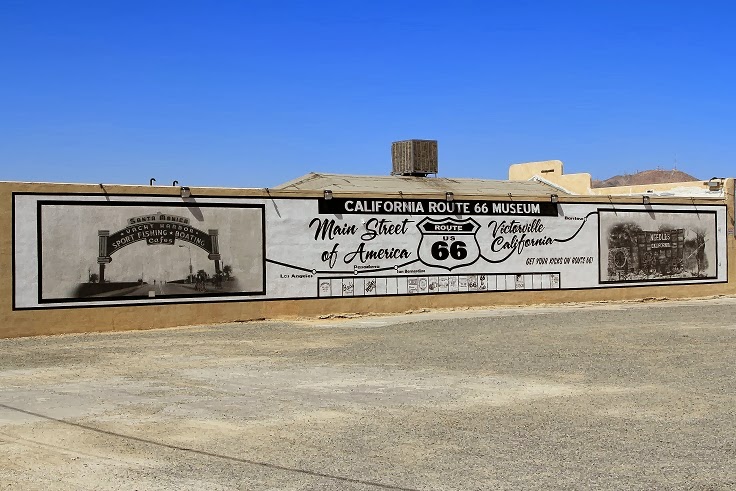During the Civil War, Nevada became famous for supplying the Southern Army with "bushwackers," which was a term used to describe the pro-Southern guerrillas that would hide in remote places and ambush Union troops as they rode past. Proportional to its population, Nevada sent more men to the Southern armies than any other town in Missouri. Therefore, in retaliation, on May 23, 1863, Union Troops arrived in Nevada and gave the residents 20 minutes to rescue their belongings before they burned the town down. The Vernon County Jail was one of only two buildings to survive the fire and is now used as the Bushwacker Jail Museum.
The Vernon County Courthouse was built in 1908 using local Carthage Limestone and is a beautiful example of a Romansque Revival Style building. The W.F. Norman Corporation building, constructed in 1898 (not pictured), is also located in Nevada and the company is the only remaining manufacturer of metal ceiling tiles in the United States.
Local residents also like to point out that Nevada is the birthplace of John Huston (Hollywood actor, director, screenwriter and film producer) and it is the place where Frank James lived after his brother Jesse was killed in 1884. Frank's house is still a private residence.
Osage Village State Historic Site is just east of Nelson and once contained over 200 lodges for an estimated population of 2,000 to 3,000 Osage People. There is very little to see at the site because after the site was excavated, for protection the building foundations were covered with dirt and now all that is exposed are several bedrock outcrops that were used for mortars to grind nuts and grains.
Just north of Springfield we stopped at Fantastic Caverns - "America's Only Ride-Thru Cave," where you ride through the cave in a Jeep pulling a trailer. (Kids nowadays just have it too easy! I remember when we were young, if you wanted to see a cave you had to put on a hard hat and knee pads, obtain a carbide lamp, and crawl through a lot of small, tight passageways. Now that was a lot more adventuresome than riding through a cave in a Jeep!)
Picture from Web (Photographer and date unknown)
After lunch at Lambert's Café (famous for the waiters throwing hot rolls to customers), we toured the Smallin Civil War Cave. This cave has been featured in numerous magazines and has a nice walkway that is elevated above the level of a flowing stream. The cave contains blind Cave Salamanders (Eurycea lucifuga), and blind Bristly Cave Crayfish (Cambarus setosus) that you may see as you get deeper into the cave. There are also starfish and other fossils embedded in the cave ceiling.
We also drove past the Wilson's Creek National Battlefield, but it was closed.
Arriving in Branson, we decided to stay for a few days to visit some of the shows and attractions. (A person could spend considerable time and money attempting to see everything!) The shows included "Joseph," and "Shoji Tabuchi," and attractions included "Titanic - World's Largest Museum Attraction," a half-scale replica of the ill-fated ship. (When visiting the Shoji Tabuchi Theatre, be sure to check out the "restrooms" -- they have been featured in numerous magazines and travel videos.) If you have ever wondered what happened to Trigger and Buttermilk (Roy Rogers and Dale Evans stuffed horses) after they closed the Roy Rogers Museum in California, wonder no more because they are safe in the White House Theatre in Branson. Roy's son also performs part-time in the theatre. We also toured the Table Rock Dam Visitor Center and went on the Showboat Branson Belle Dinner Cruise, where we saw a performance by "The World's Only Aerial Violinist." Branson was a nice stop and everything was very enjoyable!























































